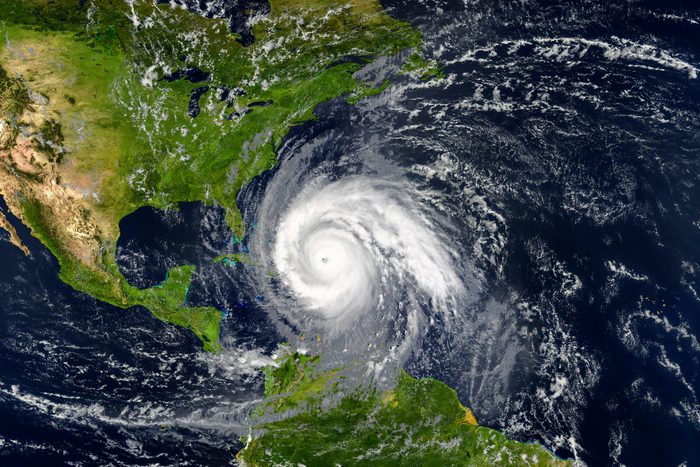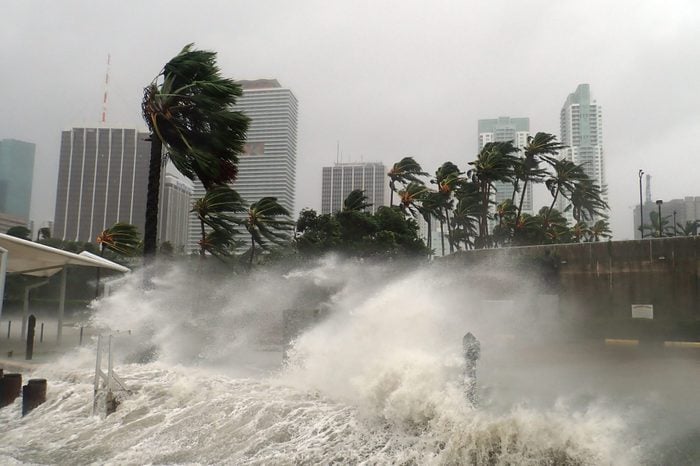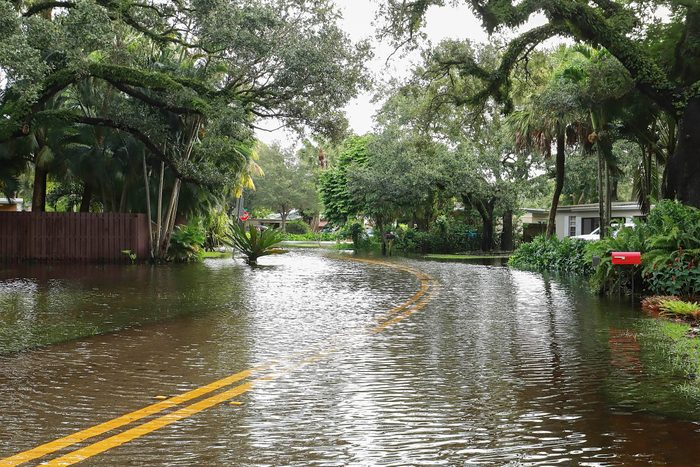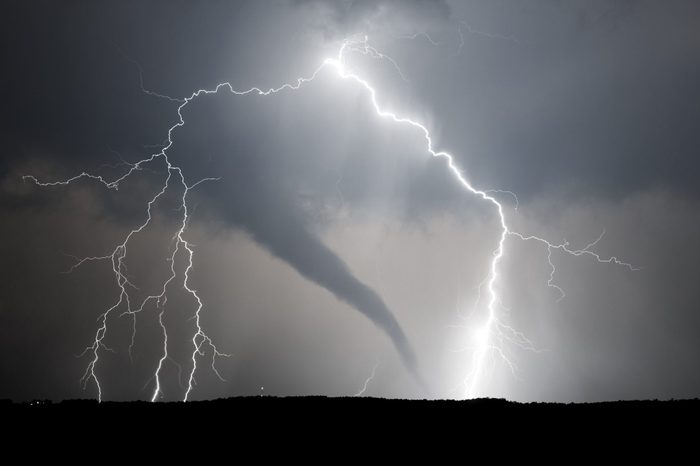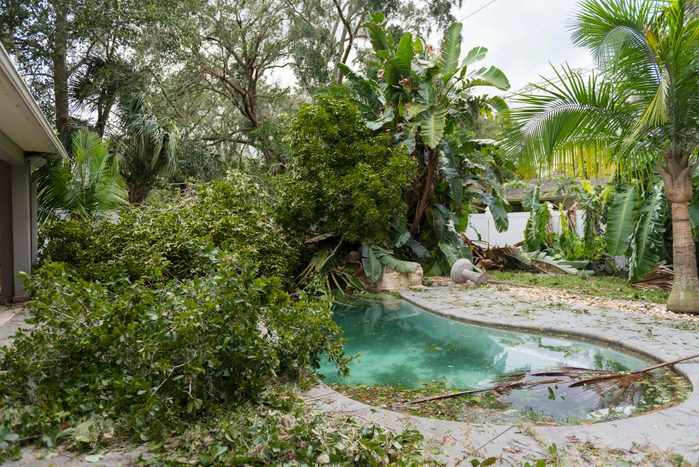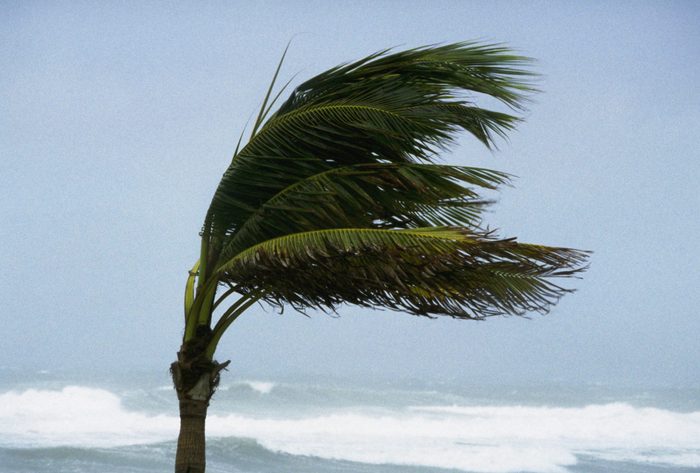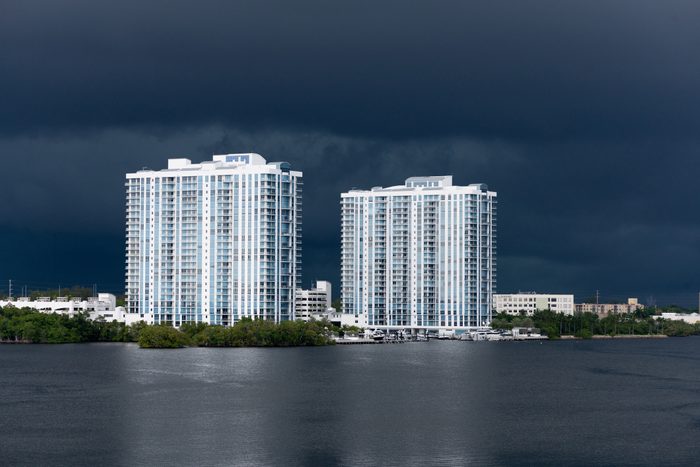Hurricanes Can’t Hit Before or After “Hurricane Season”
Hurricane season technically begins June 1 and ends Nov. 30. However, a hurricane can occur at any time, and you should always have a storm kit ready.
Most tropical cyclone activity occurs in mid-September, according to the National Oceanic and Atmospheric Administration (NOAA).
I Don’t Live on the Water, So I Don’t Need to Worry
Waterfront properties are at heightened risk of storm surge, but devastating flooding can occur inland as well. Check with local officials or your insurance provider to see if you live in a flood-prone area and what precautionary steps to take.
Hurricanes Only Impact Coastal States
States like Florida and Louisiana probably come to mind first when thinking about hurricane impacted areas. But non-coastal states can feel the brunt of powerful hurricanes, too. Tornadoes, lightning strikes, high winds and flooding can remain an issue as a storm travels hundreds or even thousands of miles inland after landfall.
I Shouldn’t Worry About Category 1 or 2 Hurricanes
Wind speed alone determines a storm’s classification, not size or any other measure. A Category 3 or higher is considered a major hurricane, but even a Category 1 can inflict significant damage.
The National Hurricane Center categorizes hurricanes by the Saffir-Simpson Wind Scale:
- Tropical depression: Maximum sustained winds of 38 mph.
- Tropical storm: 39 to 73 mph.
- Category 1 hurricane: 74 to 95 mph.
- Category 2: 96 to 110 mph.
- Category 3: 111 to 129 mph.
- Category 4: 130 to 156 mph.
- Category 5: 157 mph or higher.
Some of the most devastating hurricanes in U.S. history were in the major category, like Hurricane Katrina in 2005, and Hurricane Harvey and Hurricane Maria in 2017. But Hurricane Sally was only a Category 1 storm when it hit the Northeastern U.S. in 2012, causing $81.9 billion in damage, according to NOAA.
Bottom line: All tropical systems, depressions and storms are worth monitoring and bracing for.
Only Wind Speed Matters
Not quite. Variables like how fast the storm is moving and projected storm surge are just as important to track. A fast moving (not fast spinning) system is sometimes better because it will move through the area quicker, instead of sitting and dumping rain for hours.
The Top Floors of Apartment or Condos Are Safest
This is a common misconception. Most people assume you’ll avoid the worst of it by sheltering at the highest levels, but that’s not true with high rises. Wind speeds increase at higher altitudes, putting higher stories at a greater risk of broken windows and flying debris.
You should always adhere to the evacuation notices of local officials. This is especially important if you live in a tall building.
I Can Wait Until the Last Minute to Leave
Waiting too long to leave can sometimes be even more dangerous than staying and riding out a storm. Traffic can stretch for miles, and being trapped in the open with no shelter could have deadly consequences.
Allow yourself plenty of time to safely travel out of harm’s way, and take any important documents and valuables with you.
I Don’t Need to Fuel Up My Car
Gas stations will run out of fuel fast as locals panic-buy enough for their cars and backup generators. You should keep at least half a tank of gas in your car, ideally a full tank in case you need to evacuate before or after a storm hits.
I Don’t Need to Take Out Cash
When the power goes out, so does your ability to pay with a credit card. If you need bottled water, food or lodging, you might be looking at a cash-only option. Worst case, you can always deposit that cash back into your account if you don’t use it.
Taping Windows Stops Them From Breaking
Taping windows is NOT an effective way to keep your windows safe from a storm. Instead, close window shutters or add a plywood barrier.
